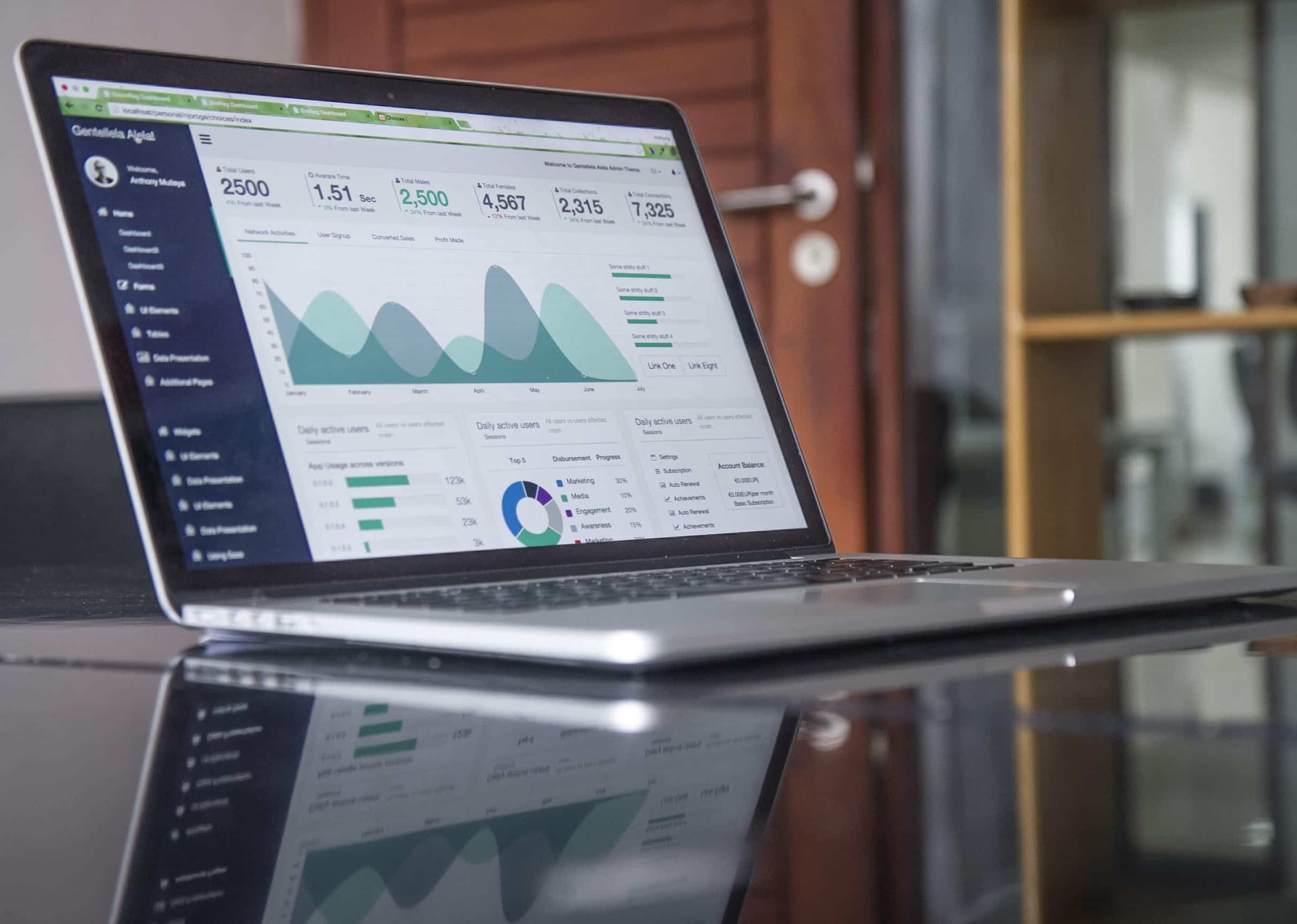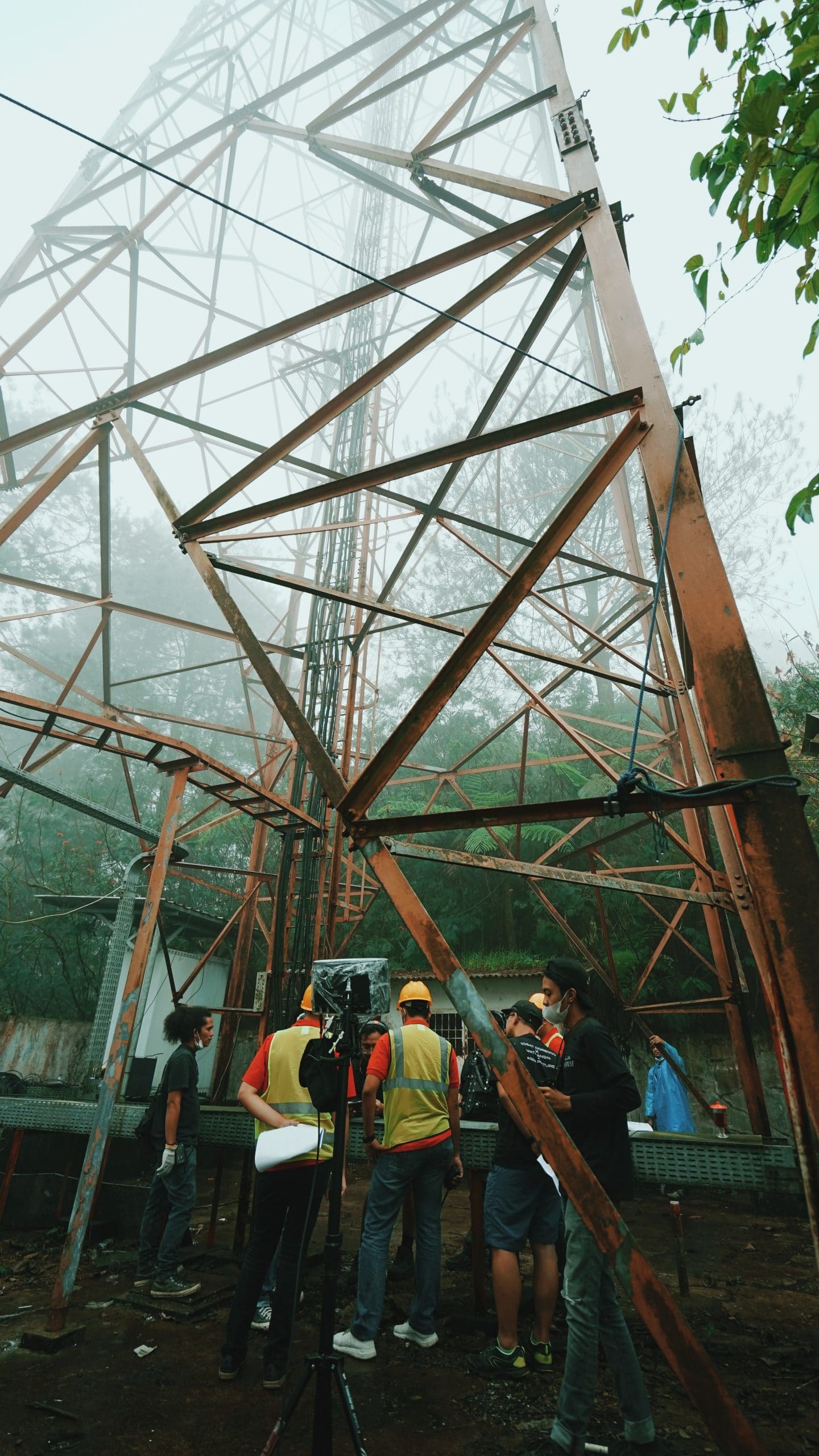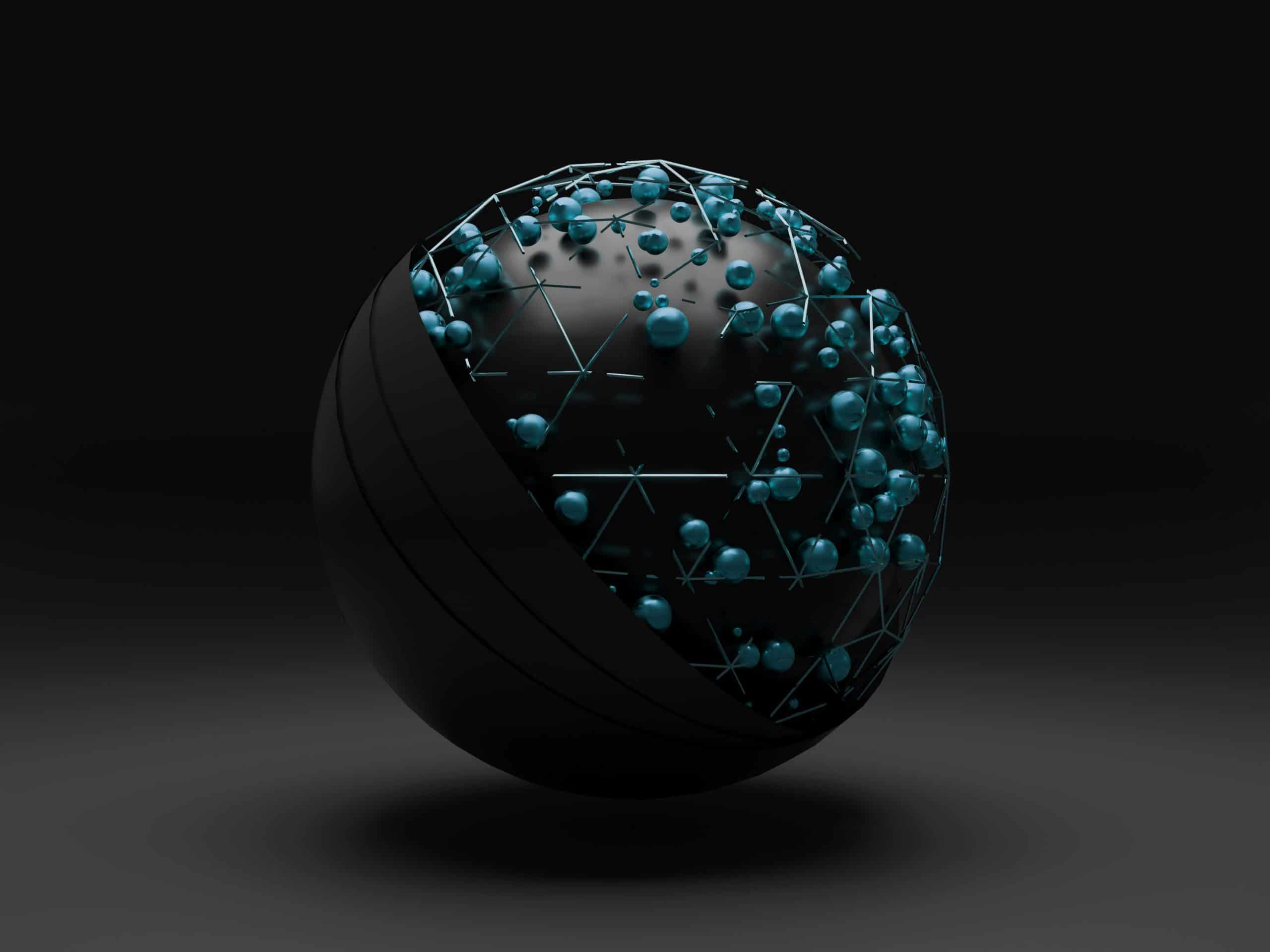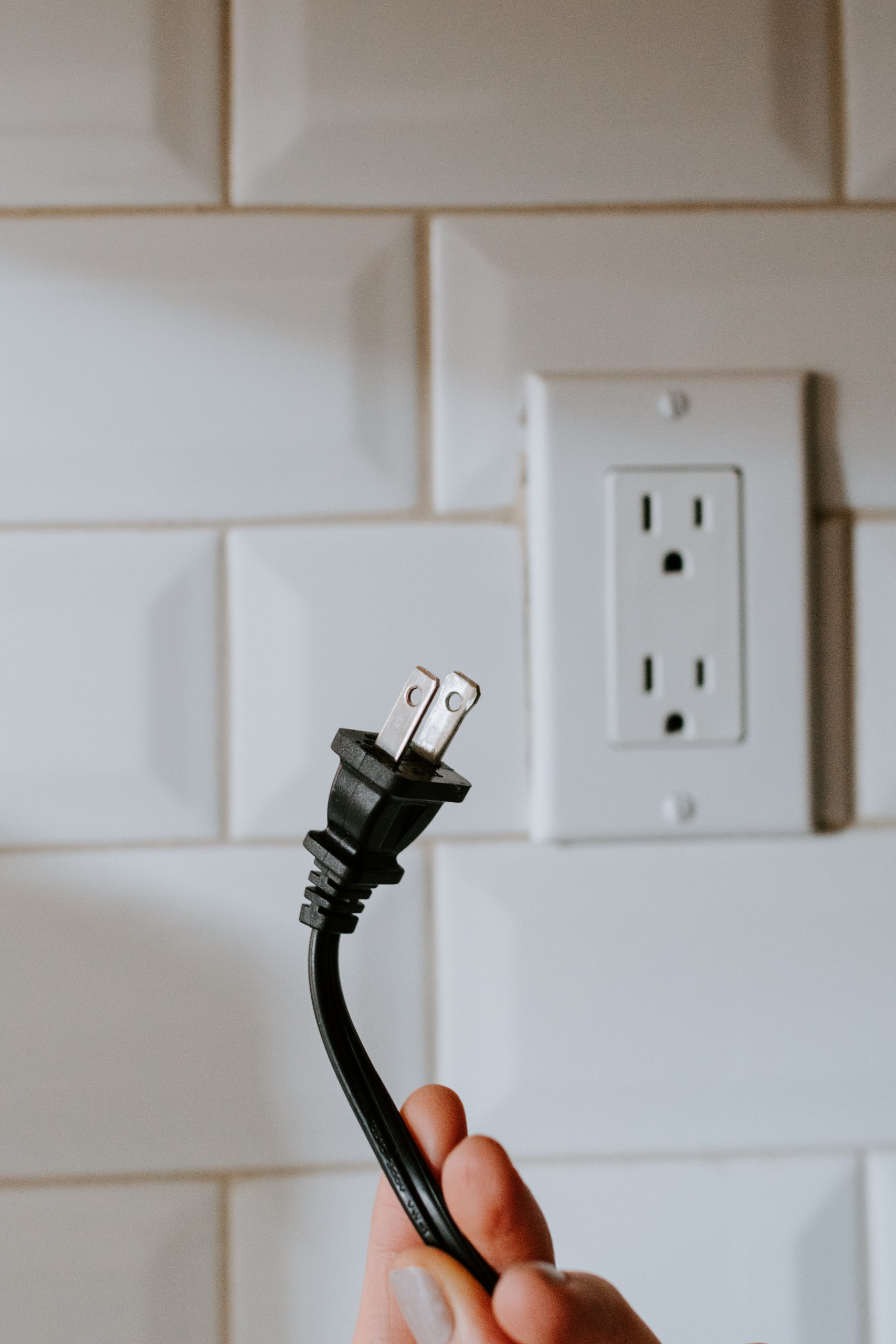Clean Energy Basics Vol. 5 SCADA
Summary
SCADA or Supervisory Control and Data Acquisition is a term that refers to sensors and associated software that allows utilities and industrial customers to monitor and better understand their energy consumption. These systems are used to monitor real-time data for energy consumption on microgrids, industrial operations, and many other large energy systems. SCADA is an essential component of our energy systems that help keep the flow of energy consistent by measuring variables like temperature and power usage.
Key Takeaways
- SCADA stands for Supervisory Control and Data Acquisition and is both a type of hardware sensor and software that controls the data from this sensor
- SCADA data is sent to Remote Terminal Units or RTUs to monitor and control the flow of energy and measures variables like temperature and power usage
- SCADA allows utilities and industrial institutions to monitor and control their energy consumption for certain energy systems such as microgrids
What is SCADA?
SCADA or Supervisory Control and Data Acquisition is a term that refers to sensors and associated software that allows utilities and industrial customers to monitor and better understand their energy consumption. This term can be used to refer to the actual sensor, the software being used to monitor the sensor data, or even both.
SCADA systems can be used to monitor a number of large energy systems. Some of these include real-time energy data for microgrids and other large industrial operations. Some other variables measured are voltage and current.
Before SCADA systems existed, we used to have engineers on the ground dealing with flipping switches and timers constantly to manage the large amounts of systems associated with building an energy system. Nowadays, this data is sent to a Remote Terminal Unit or RTU. This can be thought of as a hub where all the data comes in from various SCADA sources so that it can be handled by engineers. Rather than being on the grid site, they can now know what’s going on in the grid and control the system while safely nearby.
These RTUs transmit measurement data to SCADA technicians, where it is analyzed with SCADA software and used to compare historical trends in the data to better understand where any problems exist, as well as forecast for when any future problems may arise.
How does SCADA Fit into the Energy Ecosystem?
SCADA systems can be found in a few key places on the grid. Generation Plants and Transmission Lines often have these systems set up so that they are able to better understand and control the flow of electricity coming in from the generation source before it is sent over to a Distribution Line.
SCADA also can be used to handle industrial operations’ energy systems such as a microgrid or even a large refrigeration system in order to better understand and control the flow of energy.
That’s not all, these systems can be used to get data from DERs as well, so it’s quite common nowadays for a utility to have a Solar or Wind SCADA system. These multiple systems often require a fair amount of coordination, fortunately, RTUs and Digital Energy Platforms enable this.
How does SCADA technology Help Me?
SCADA enables us to take some load off of our hands by creating an automated system rather than having an individual consistently have to monitor and deal with associated energy systems on the ground.
Not only that, but almost anywhere you look, even if you don’t see it, there is likely a SCADA system running somewhere near you to help monitor and control the energy around you. This may be a large refrigerated system in a grocery store, or even just the microgrid in your community keeping your lights on.
SCADA lets you and me not have to worry about energy reliability the way we might if we manually dealt with a number of energy sources and devices. And most importantly, it helps reduce inefficiencies in any energy system so that they reduce their carbon output, cleaning up our world just a little bit more.
Citations/Further Reading
Awesense authors are committed to obtaining information from reliable sources. These include primary sources, white papers, and government websites among others, when available. If you have any questions regarding the information on this page, please contact marketing@awesense.com




